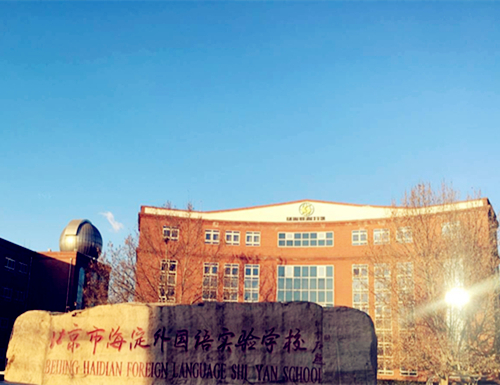2011小升初英语模拟题(二)
一:根据下面的汉字写出对应对单词
1.苹果 2.篮球 3.师子 4.椅子 5.电视机
6.鱼 7.公共汽车 8.鸟 9.鸡蛋 10. 鞋
二、根据括号里的提示,把下列句子补充完整。(10分)
1. Tom is _____ (高)than Tony.
2. – Where _____ (be) you born?
-- I _____ (be) born in Beijing.
-- When _____ (be) your birthday?
-- It _____ (be) on the tenth of June.
3. Last Sunday Amy ____ (拍) many photos in the park.
Now she _____ (看) at these photos.
4. Mary usually _____ (去)to school by bike. But this morning she _____ (去)to school on foot because her bike ______ (be) broken.
三、英汉互译。(10分)
1.两杯咖啡 ______________ 2.一个菠萝 __________________
3.做游戏 ________________ 4.在星期三 __________________
5.回头见 ________________ 6.what else _________________
7.look after ____________ 8.thank goodness ____________
9.make the bed __________ 10.do one’s homework ________
四、从Ⅱ栏中找出Ⅰ栏中相应的答语。(10分)
Ⅰ Ⅱ
( ) 1. Can I put them here? A. Han Mei and Wei Fang.
( ) 2. Who are these girls? B. I am.
( ) 3. Who is on duty today? C. No, we are English.
( ) 4. What row are you in? D. Oh, yes, put them there.
( ) 5. Where are they? E. He is a teacher.
( ) 6. Are you American? F. It’s a pencil.
( ) 7. Hello, Lucy. This way, please. G. We are in Class Three.
( ) 8. What class are you in? H. Sorry, I don’t know.
( ) 9. What’s your father? I. Thank you.
( ) 10. What’s this? J. I’m in Row Two.
五、完形填空。(10分)
Mr Smith is an old man. He __1__ two big houses and a new car. He has no __2__,
but he has four __3__ --two sons and two daughters. One son is __4__ England. His name is Tom. The other son is from America. His name is Jack. One daughter is from China. __5__ name is Fangfang. The other daughter is from Japan. Her name is Mikou. Mr Smith is not the four children’s real __6__, but he loves them __7__. The children love him, __8__. Mr Smith buys many __9__ for the children. He gives __10__toys to different children. The boys play with toy cars. The girls play with dolls and tog animals. Mr Smith and the children are good friends.
( ) 1. A have B has C there is D there are
( ) 2. A wife B father C mother D friend
( ) 3. A sons B daughters C childs D children
( ) 4. A in B at C from D on
( ) 5. A His B Her C Their D She
( ) 6. A mother B father C uncle D aunt
( ) 7. A very much B very C much D much very
( ) 8. A very B much C two D too
( ) 9. A things B boys C toys D girls
( ) 10. A different B the same C good D bad








